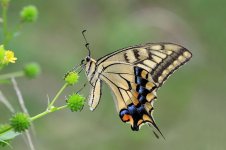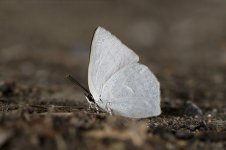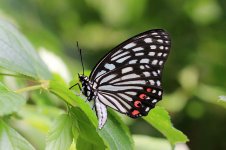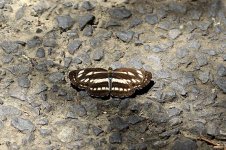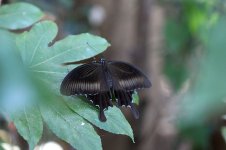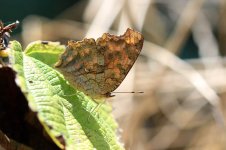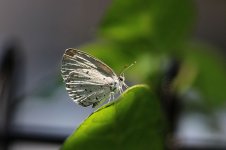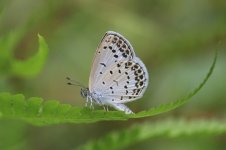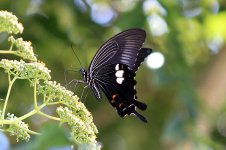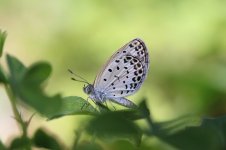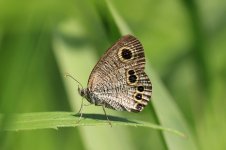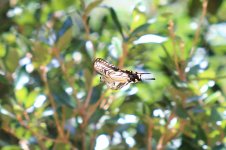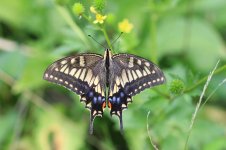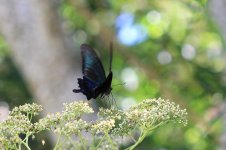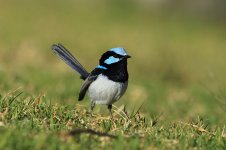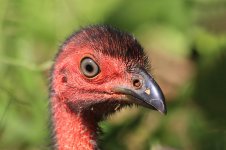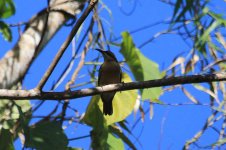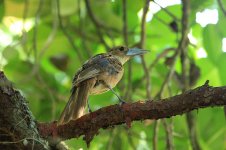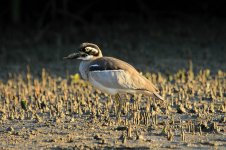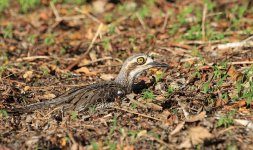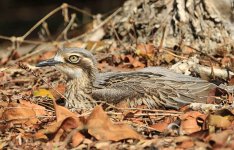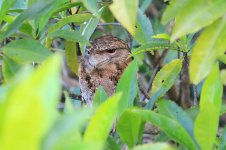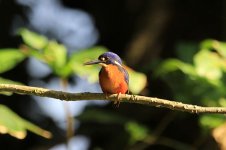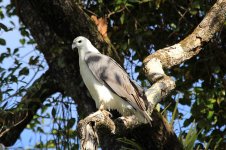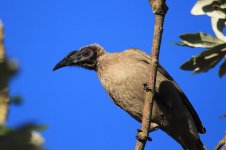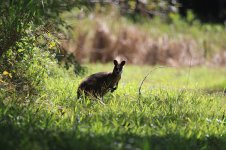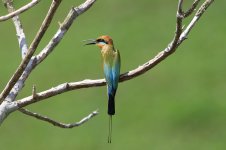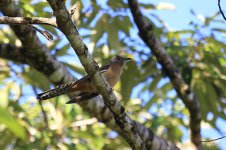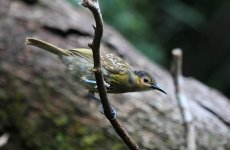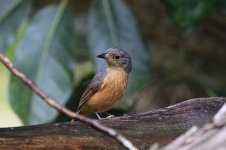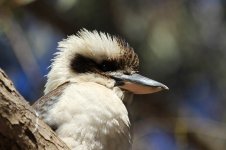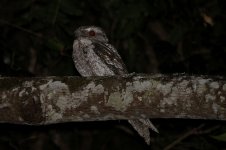
Travelling in July/August 2018, it's taken me quite a while to get this report together, but a fantastic four-week trip it was, a new continent for me and new birds and mammals at every turn, truly memorable.
So here it is...
INTRODUCTION
Focussing on the east coast, beginning in northern Queensland and later flying to south-east Queensland and thereafter to New South Wales, there were no particular avian targets, other than naturally Southern Cassowary, a selection of the bowerbirds and the two lyrebirds, but I also had great hopes to find a selection of the iconic Australian mammal fauna, top of the list Koala, Platypus, Echidna and Wombat.
Whilst visiting in the middle of the southern winter means a number of species are absent (such as Buff-breasted Paradise Kingfisher) and that Palearctic waders are also in much lower numbers, it does have the major advantage of being far better in terms of weather – near guaranteed sunshine on a daily basis and very agreeable temperatures for birding throughout the day (daytime temperatures around 25-30 C in the north, 20-25 C in the south). It does have to mentioned however that a number of inland sites in the south were cold at night – as low as minus 3 C in south-east Queensland).
Flying into Australia via Japan, my trip can be broken down into four sections:
1. Unscheduled Japan.
2. Northern Queensland.
3. South-east Queensland.
4. New South Wales.
So here it is...
INTRODUCTION
Focussing on the east coast, beginning in northern Queensland and later flying to south-east Queensland and thereafter to New South Wales, there were no particular avian targets, other than naturally Southern Cassowary, a selection of the bowerbirds and the two lyrebirds, but I also had great hopes to find a selection of the iconic Australian mammal fauna, top of the list Koala, Platypus, Echidna and Wombat.
Whilst visiting in the middle of the southern winter means a number of species are absent (such as Buff-breasted Paradise Kingfisher) and that Palearctic waders are also in much lower numbers, it does have the major advantage of being far better in terms of weather – near guaranteed sunshine on a daily basis and very agreeable temperatures for birding throughout the day (daytime temperatures around 25-30 C in the north, 20-25 C in the south). It does have to mentioned however that a number of inland sites in the south were cold at night – as low as minus 3 C in south-east Queensland).
Flying into Australia via Japan, my trip can be broken down into four sections:
1. Unscheduled Japan.
2. Northern Queensland.
3. South-east Queensland.
4. New South Wales.




